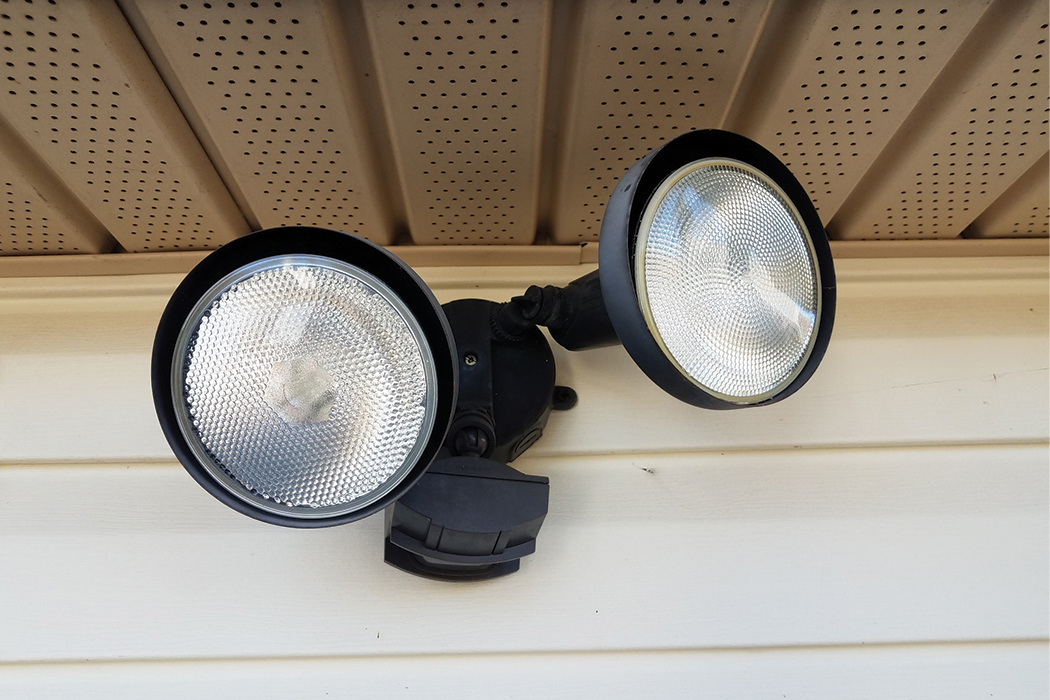Upgrade Existing Home Security System
Steps to Take
BY JASON STEVENS
December 9, 2020

Upgrading an existing home security system may feel trickier than it actually is. Whether you’re using existing components or going an entirely different route, staying safe while modernizing your home security system is always the best plan of action.
Examining your current system
Your older home security system likely worked with assigned zones. When updated with a smart system, you can make each camera work independently or even keep the current zone programming. The choice will likely depend on how many cameras you have protecting your home and property.
An older home security system will likely limit the system’s power, which loops around each circuit. You can either keep or remove them with the upgraded network.
A lot of testing goes into learning the makeup of wires inside the older panel. Trial and error may have you pulling Zone 1 to Pin 7 to find the correct correlation between the panel and sensors.
Reasons to upgrade an existing home security system
With that in mind, the following reasons are among of the most common considerations when a person decides to upgrade their home security system:
The ability to control and customize settings remotely via smart devices.
The need for an evolving system to add to home automation.
Older systems require landline phone connections.
The need for enhanced video surveillance.
Transitioning security to a smart hub
Transitioning an older home security system to a smart home security system is simpler than you may think.
Materials you’ll need:
New smart hub
Manual
Male-to-male jumper wires
USB cable
Wire nuts
Scissors or box cutter
Connecting the new system to the existing system
Take a jumper cable and use scissors or a box cutter to clip one male end and strip it to expose part of the wire. Take one wire from the front door and use a small wire nut (or if you want to go full permanent, use a soldering iron) to tie the two wires together. Take the other male end of the jumper wire and plug it into the proper pin on the new smart hub. Continue doing that with every component.
Be sure to close the circuit with a grounded wire. Tie one jumper wire around all the wires and tie the end with a wire nut. Take the other male end and simply plug it in.
This process can get complicated for even the most seasoned DIYers. For professional installation and 24/7 monitored security, contact Brinks Home™ today.
Jason Stevens is a senior writer for Brinks Home. He is a "tech guy" who enjoys sharing home security and automation tips with others.



